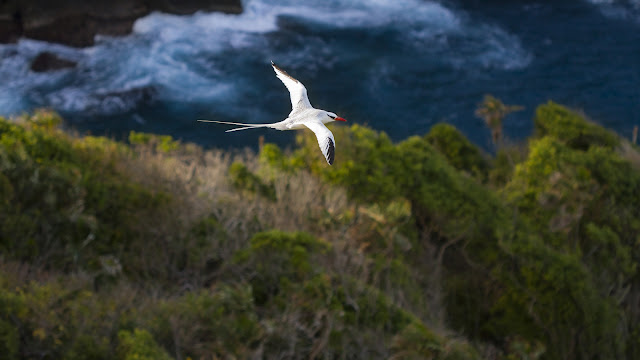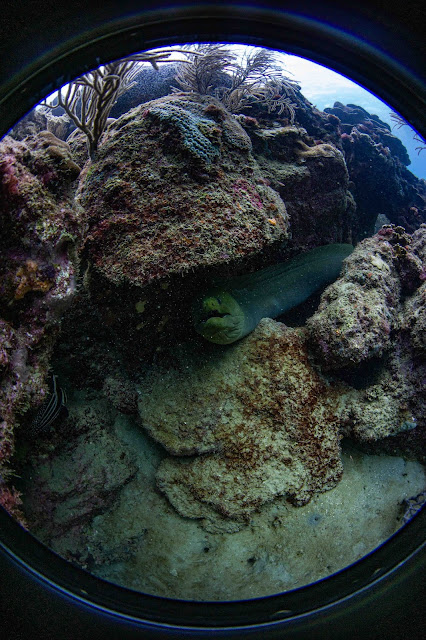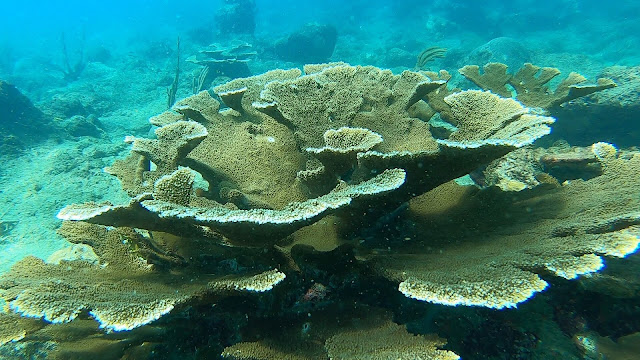Food Security and the Wellbeing Economy
Dr Anjani Ganase continues to advocate different indicators for a thriving economy. In the Wellbeing Economy, human and environmental health are one and the same.
We need new political thinking and vision for wellbeing in Trinidad and Tobago. While I mentioned the Doughnut Economy in last week’s article, there are several new economic models that focus on human social wellbeing and environmental health rather than Gross Domestic Product (GDP) growth. Another example, the Wellbeing Economy stipulates that human and environmental wellbeing go hand in hand with the foundational values of fairness, participation, nature, purpose and dignity.
One example where wellbeing economics should be applied is in agriculture and food security. On island nations, such as Trinidad and Tobago, our land is limited and there must be clear management of its use to sustain our water and natural resources, and healthy agricultural practices for food security. Our land resource must continue to be viable in the future and be resilient to any future disturbance be it disease or climate change. Unmanaged land clearing results in habitat and biodiversity loss with negative implications in the form or flooding and erosion, loss of watershed functions and loss of agricultural products. For island ecosystems, regeneration is a difficult path especially when native populations (plants, animals) have already been lost.

The
Northern Range forest is the principal watershed in Trinidad. Water flows
off the Northern Range to rivers which provide most of Trinidad’s fresh water.
Fertilised food
Today, the world’s food systems are mass produced and industrialized. The revolution of modern-day agriculture and the use of synthetic fertilisers had enormous benefits for human populations by significantly increasing crop yields by 30-50% and reducing global hunger. Synthetic nutrient (nitrate-based) fertilisers are industrially made through the Haber Bosch process assisted by natural gas. It is a downstream product of oil and gas in Trinidad and Tobago. However, fertilisers can have devastating impacts on our environment: polluting waterways, rivers, and enriching the surrounding seas with destructive consequences to marine food webs. The use of fertilisers on monocultures also degrades the soil quality in the long term and increases fertiliser dependency, a vicious cycle.
Modern-day agriculture contributes to 25 % of greenhouse gases, it consumes over 70 % of the world’s freshwater supply and contributes to 90% of deforestation. As the world’s population surpasses eight billion, expected to exceed 10 billion by 2080, there is an urgent need to make agriculture more environmentally friendly, sustainable and resilient. Resilience is a big concern with respect to climate change. So is the advent of new diseases, especially considering that most of our grain supplies have very low genetic variations making them vulnerable to collapse. Agriculture today has been narrowed down to a limited gene pool and few strains of major crops; and supplied by only a few places. Most of the world’s supply of corn is provided by American farmers, while wheat comes from Russia and Ukraine. Diversification of crops and their sources would mitigate food shortages in times of high demand. It is desirable for food substitution to become more common. Maintaining crop varieties is not just for resilience but adds flavour and textures to our culinary delights.

Graham mango aka "bellyful" 
"Fat pork" is Chrysobalanus icaco, the cocoplum, paradise plum, abajeru or icaco 
Five finger (carambola) and abiu (pouteria caimito) 
Rambutan
Food forests
Alternative strategies, such as regenerative farming, permaculture, agroforestry, all support ecosystem health, higher biodiversity and soil quality by using multiple crops, crop rotation, livestock integration and replicates a natural system with higher productivity. The presence of companion plants and animals develops a system that cycles nutrients and controls pests of target crops while maintaining healthy soil microbiota. Organic fertilisers can supplement the soil while the use of synthetic fertilisers should be reserved for the nutrient poor areas of the world.
The concepts of wellbeing are not revolutionary. Wellbeing and health existed for thousands of years in indigenous communities where agriculture is intertwined with community culture. Instead of acres and acres of monocrops, agriculture should be integrated into our natural ecosystems and urban landscape. We can be grateful that Trinidad and Tobago is home to over 20 varieties of mangoes, with a mango tree in almost every backyard.

The first
Green Market started as an experiment in Santa Cruz in 2012. By the time it
closed in 2023, one-day markets had sprung up in many communities.
Sustainability and accessibility
Today, we find that the poorest communities around the world work in agriculture, meanwhile more people are eating highly processed, unhealthy food than ever. Food crops are transported to faraway places, after sucking the soil dry of essential minerals and nutrients. We need to close the gap from farm to plate by encouraging local and backyard food gardens. Models for this ought to be developed and demonstrated by The University of the West Indies, the Ministry of Agriculture and replicated throughout the country. These transformations do not happen overnight, and because farmers have very narrow profit margins they have to be supported for success. Implementation must be aligned with national plans for sustainable and ecofriendly land management. Subsidies to encourage the shift can hasten the process.
Farming shifts have been studied around the world. The state of Sikkim India became the first state in the world to produce entirely organic crops. It was a slow but visionary movement starting in 2003 which saw local governments initiate the transition from chemical fertilisers through the provision of alternative organic options, starting with phasing out of subsidies for chemical fertilisers. By 2016 the state declared its farms 100 % organic, with a complete ban of chemicals occurring in the last two years.
Cuba used to be one of the world's largest producers of sugar, a mass agro-industry highly reliant on fertilizers and pesticides. After the collapse of the Soviet Union, Cuba fell into an era of severe hunger. In the absence of access to fertilisers, organic farming was essential for survival. Now it is the modus operandum for the country. Urban farming is also very common in Cuba. Regenerative farming is shown to be as productive as monoculture farming without environmental degradation.
The Vision to feed ourselves
Over the last decade, we are seeing more produce grown and harvested in Trinidad and Tobago appearing in weekend markets. First, there was the Santa Cruz Green Market, a small experimental market in a garden to encourage those growing in backyards to sell their surplus (fruit, vegetables, eggs, preserves). This quickly grew to an organic agenda and to encourage reduction in use of plastics. The national marketing agency Namdevco has since established one-day markets in towns around the country. This has been successful in bringing fresh produce nearer to consumers.
Take this challenge: see if you can eat only locally grown food for a week; add up how much you still spend on foreign. Extend it to the month and add up how much you spend on any imported produce. It’s one way of assessing a personal or household food balance.
Who knows, we may yet be able to reduce our imported food bill, with the right attitude and a well-defined goal. Yes, we can feed ourselves!

The Main
Ridge Forest Reserve in Tobago protects the watershed, securing water for the
island.
Reference:
Costanza-van den Belt, Milo, Agriculture in a Wellbeing Economy, wellbeing alliance briefing paper, 2023



